Welcome to your complete guide on following a WFPB diet! Featuring lots of freebies and lists, we’ll let you know what to eat, what to expect and how to stick to this lifestyle.
Whole food plant-based eating has become more and more popular over the last few years! It has also sparked our interest in creating this very website.
Thanks to a plethora of benefits ranging from sentient creatures to our planet and protecting our own health, the WFPB diet is something that many people end up following for good.
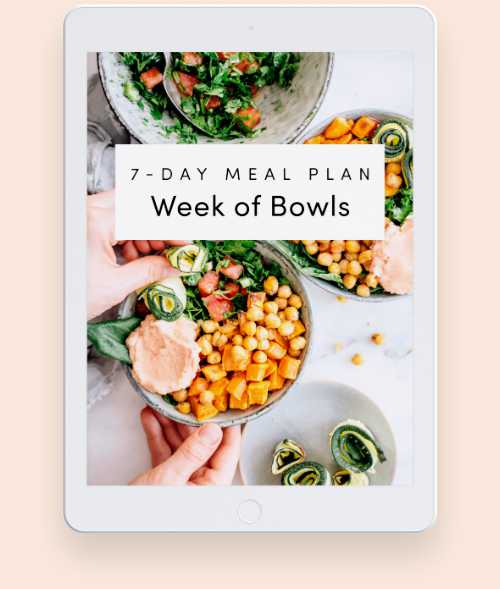
free 7-day vegan meal plan
Your next week of eating is planned out with these quick and delicious vegan bowls, meal prepping steps & full grocery list.
Although it’s first and foremost just an eating pattern, we like to view it as a lifestyle more so than a short-term diet and would love to share with you the many ways to make it work for you!
If you’d like to check out our other vegan beginner guides, see how to transition to a vegan diet here and find our top 12 tips for how to start a plant-based diet here.
Our in-depth guide will cover lots of subjects such as budget-friendly go-to staple foods, how to plan out your meals and cravings. Find lots of real-life tips, whole food plant-based recipes and free resources and printables!
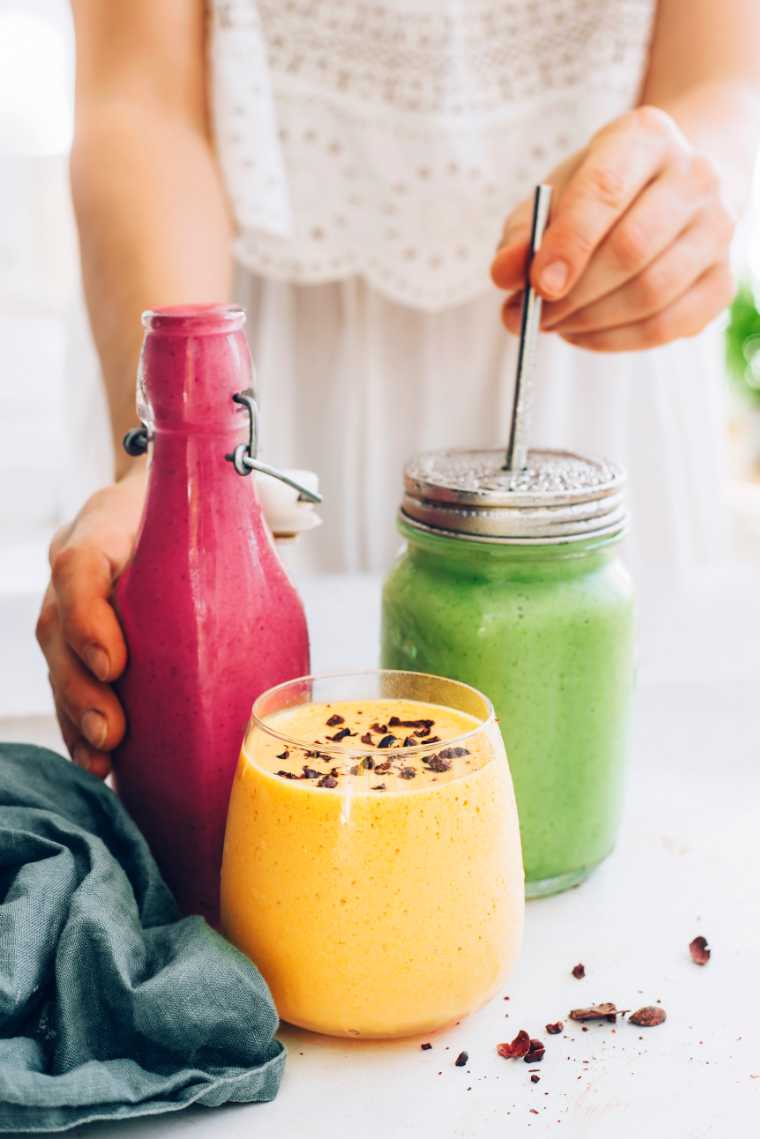
What is a WFPB diet?
A WFPB diet is short for a “whole food plant-based diet” and is often used to describe a fully vegan diet that doesn’t contain any heavily processed foods. So, no meat, poultry, fish, dairy, eggs, or honey, but also no refined grains, added sugars or added fats (like oils).
However, there are different degrees of processed foods, and this eating pattern may include minimally processed items like tofu, whole grain flour, nut butter or tomato sauce. Let’s simplify it this way:
- Whole food: unrefined, unprocessed or minimally processed food
- Plant-based: coming from mainly unrefined plants, not containing any animal products
- Vegan: simply not containing any animal products
Find a full printable list below.
We personally use the terms plant-based, whole food plant-based and healthy vegan diet interchangeably throughout this website, always referring to the same concept as explained in this guide.
As ethical vegans, we are aware that veganism is more of a political statement and encompasses more than just what we eat; it is…
…a way of living which seeks to exclude – as far as is possible and practicable – all forms of exploitation of, and cruelty to, animals for food, clothing or any other purpose.
Reasons for a plant-based diet
Are you looking to feel better physically or prevent chronic disease? Or are you concerned about the state of the planet, the mistreatment of animals and poverty in many countries?
The good news is that you can “feed all those birds with one scone” – meaning a diet free from animal products can take care of all of the pressing issues of today.
Not completely, of course, but it’s a powerful foundational first step each one of us can take… and the best part is, you can take it today.
Best reasons & benefits
- Disease prevention, including heart disease and type 2 diabetes
- Weight management and sustainable weight loss
- Reducing exposure to environmental contaminants
- Improving blood flow and fitness
- Showing compassion to sentient beings
- Reducing environmental footprint
- Fighting world hunger and wildlife extinction
- Discovering tasty a new plant-based meal each day
Read all reasons to go vegan here!
What to eat on a WFPB diet
We really love how uncomplicated eating like this can be. No need to strictly follow recipes (though you can to get a feel for it, just take a look at our collection of free recipes, we just freestyle with our favorite representatives from the different plant-based food groups. Guaranteed to be nutritious and delicious!
This isn’t what most people believe in the beginning, though. Moving away from animal products can seem scary, and for the uninitiated, it can look like there’s pretty much nothing left to eat except for some sad lettuce and expensive avocado toast.
Basically, the main foods to eat on a plant-based diet are fruits, vegetables, whole grains, legumes and nuts and seeds. But what actual foods at the store can you grab? Here are some examples.
Quick shopping list
- Fruits: berries, bananas, stonefruit, citrus, dates; (fresh, dried, or frozen)
- Vegetables: green leafy veg, cruciferous veg, carrots, potatoes, bell peppers; (fresh or frozen)
- Whole Grains: brown rice, millet, rolled oats, quinoa, whole grain bread, and pasta
- Legumes: chickpeas, lentils, black beans, peas, tofu, tempeh (yes, soy is great!)
- Nuts and seeds: cashews, macadamia, pumpkin seeds, flax seeds, tahini, almond butter
- Dairy alternatives: unsweetened soy or almond milk, coconut milk, cashew cheese
- Condiments: soy sauce, mustard, nutritional yeast, vinegar, herbs, salsa
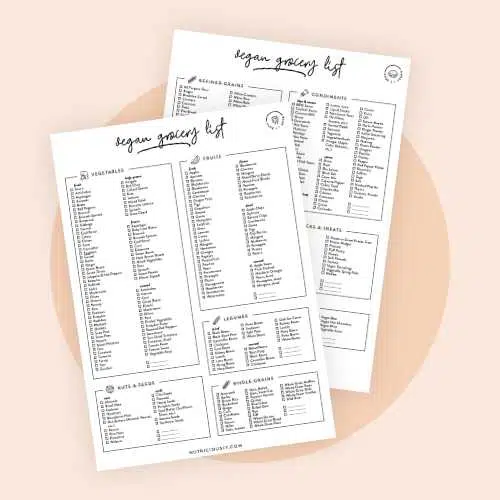
download our free printable vegan grocery list
Grab your free PDF and sign up for our newsletter by entering your email below!
Apart from that, you can leave a little room on top of your plant-based food pyramid for some less healthy treats – because nobody expects you to be 100% perfect or constantly obsess over what you eat.
That’s what contributes to the success and longevity of such a lifestyle change and what distinguishes it from a short-term diet.
To be a little more detailed in which foods should be minimized or avoided, here are some examples!
Food to Minimize or Avoid
- Highly processed foods like fast food and fried food, cheeseburgers, doughnuts, french fries, chips, or nuggets
- Added oil, even in homemade salad dressings or sautés (yes, that includes olive oil and coconut oil – more on that here)
- Added sugars and products containing them, like baked foods, cold cereal, soda etc.
- All animal products like meat, fish, poultry, dairy, eggs, and honey
Meeting nutrient needs
In 2009, the Academy of Nutrition and Dietetics (the largest dietetic group worldwide with more than 100,000 credentialed practitioners) published a position paper on vegetarian diets which stated that:
“appropriately planned vegetarian diets, including total vegetarian or vegan diets, are healthful, nutritionally adequate, and may provide health benefits in the prevention and treatment of certain diseases. Well-planned vegetarian diets are appropriate for individuals during all stages of the life cycle, including pregnancy, lactation, infancy, childhood, and adolescence, and for athletes.“
This statement alone should be enough assurance that everyone can be healthy on a fully plant-based diet.
But if you’re still nervous, don’t worry – more and more major health organizations have come out with similar acknowledgments which include the findings of evidence-based reviews showing that plant-based diets are associated with a lower risk for many chronic diseases.
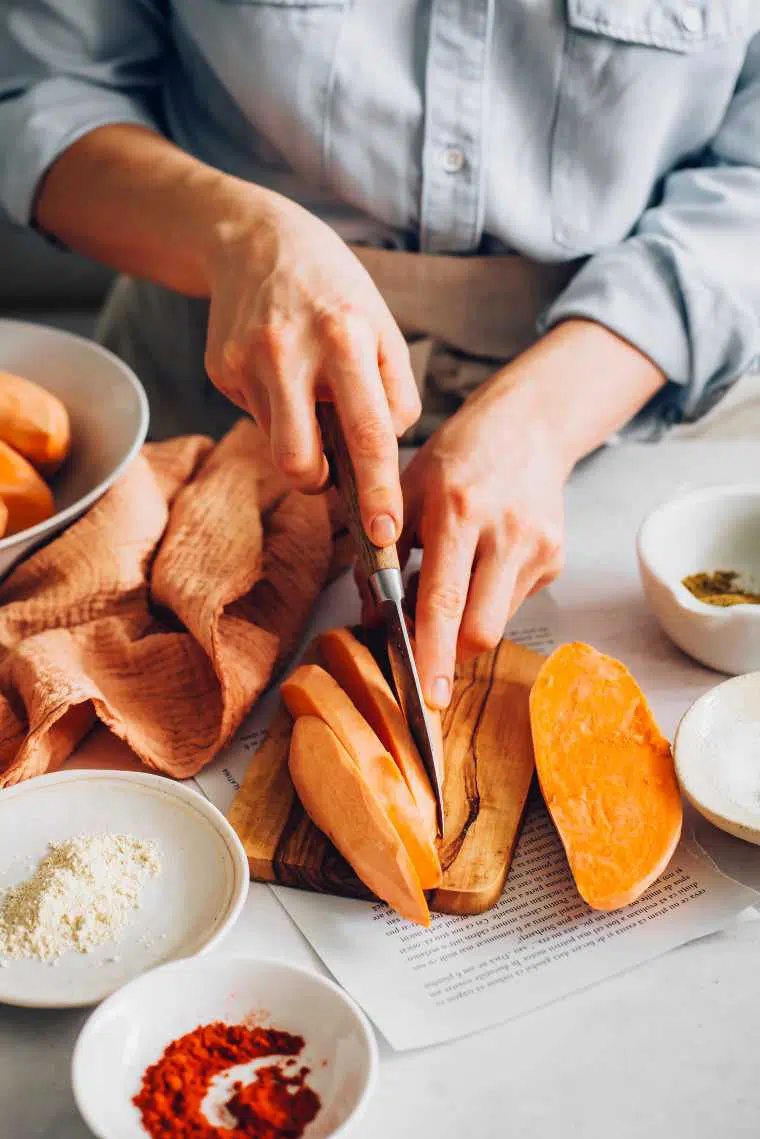
Critical nutrients to consider
Every single way of eating comes with caveats. Just because someone eats animal products doesn’t mean they meet all of their nutritional requirements!
While it’s true that following a whole food plant-based diet means you need to supplement with vitamin B12, animal-based diets are almost always too high in saturated fat and cholesterol while lacking fiber, folate, magnesium, vitamin C, and vitamin E.
To ensure that we all meet our requirements, we’d like to show you the nutrients that need to be looked out for a little more carefully and as well as foods to emphasize to cover your needs.
- Calcium: green vegetables, oranges, tahini, calcium-fortified soy milk, and tofu
- Iron: oats, spinach, dried figs, lentils, tahini, chickpeas
- Zinc: whole grains, chickpeas, lentils, tofu, pumpkin seeds, almonds
- Iodine: nori or dulse seaweed, iodized salt
- Omega-3: flax seeds, chia seeds, hemp seeds, walnuts
- Vitamin D: sun exposure, some UV-light grown mushrooms, supplement
- Vitamin B12: fortified food, supplements
Please note that it’s crucial that every plant-based eater supplements with vitamin B12. Everyone over the age of 65 should take this supplement, no matter if they are following a pl or not, due to the worsening ability to absorb it.
B12 is made by bacteria and due to our sanitized water and food supply, we need to make sure we’re all getting enough. Animal feed is often fortified with B12; vegans just cut out the middle animal to cover their needs.
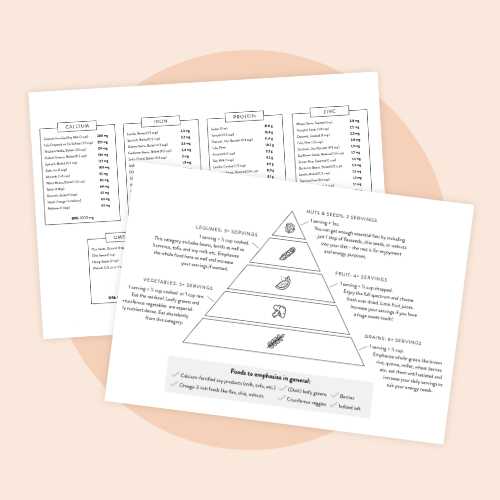
download our free vegan nutrition printables
Grab your free PDF and sign up for our newsletter by entering your email below!
Plant-based foods & calories
It can be easy to accidentally undereat on a WFPB diet – especially if you’re coming from a history of restrictive dieting.
The current trend of eating small portions, which is definitely necessary to maintain a healthy diet if you include a fair amount of animal products and processed food, isn’t applicable when following this way of eating
Being used to restricting carbohydrates, for example, may cause you to just load up on vegetables with some plant-based protein on the side. Although this can look like a huge amount of food, it contains very few calories.
Intentionally or not, undereating on calories can easily lead to malnutrition as well as feeling constantly hungry and low in energy – a reason that’s often mentioned as to why people turn their backs on veganism
What eating below your natural hunger drive definitely does is drastically increase the chances of being “hangry” and grabbing the nearest calorically dense food (often a bag of chips or chocolate bar).
So, please don’t listen to very low-calorie recommendations or drink a small smoothie to replace a whole meal.
It’s a good idea to track your food intake over a few days if you start following a plant-based diet to make sure you meet all of your needs for the day – including calories.
Wondering about specific requirements, portion sizes, and more? Find our extensive article on the Vegan Food Pyramid, including free downloadable sheets, below.
Complete Vegan Food Pyramid →In general, you do not need to count or measure your food to be well-nourished on such nutritious food (unless to ensure you eat enough).
Just choose from all whole plant foods, especially whole grains, legumes, fruits and vegetables, nuts and seeds, and emphasize the sources of critical nutrients above and listen to your hunger and satiety cues.
Looking to lose or gain weight? Specifics on that here.
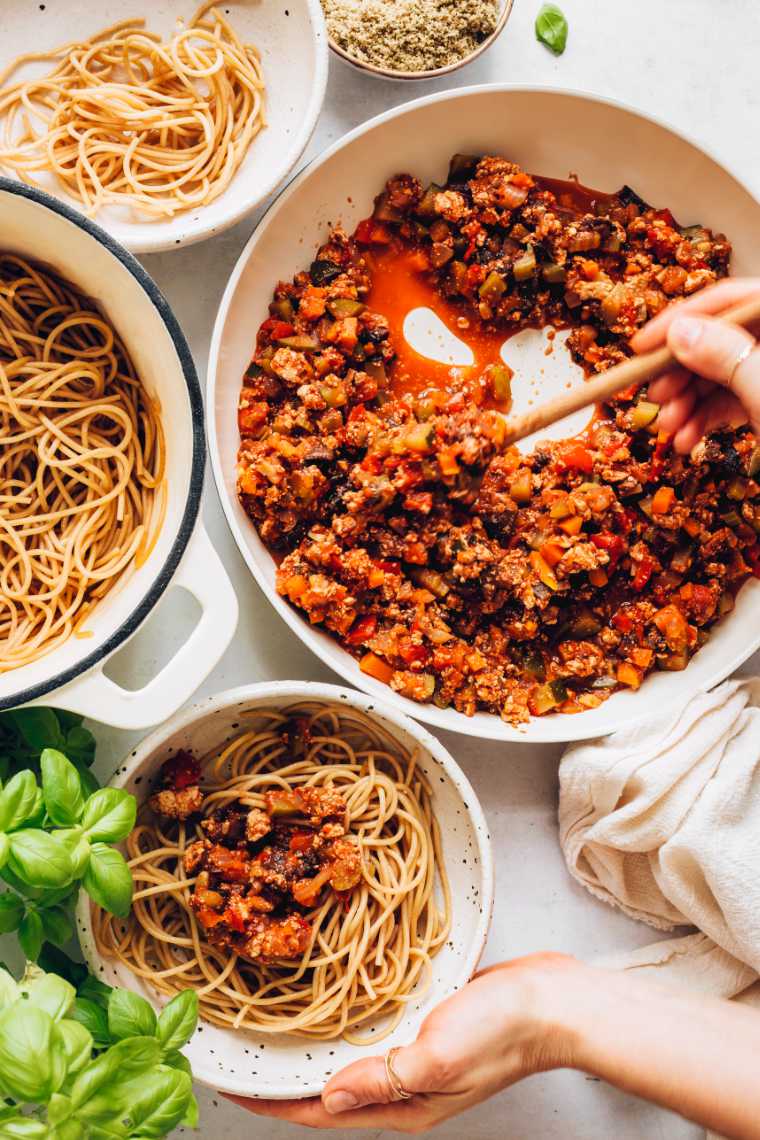
What about protein?
As you might expect, this is one of the biggest concerns we’ve heard over the years. So, let us explain.
Amino acids, the building blocks that make up protein, originally come from the plant kingdom. They are essential and help maintain muscle and bone mass as well as support the immune system.
Contrary to popular belief, there’s no need for a single food or even meal to be a “complete protein” that covers all 8 essential amino acids in adequate amounts.
It’s perfectly fine to get the different amino acids from a variety of foods over the course of the day, just as we explained in our plant-based protein primer here.
Generally speaking, the average Western person eats way too much protein, as the DRI for adults is only 0.8 g per kilogram of body weight (which comes to around 50-60 grams per day for a person at a healthy weight).
While vegans can get all of the protein they need from plants, lysine (one essential amino acid) is a little harder to come by, but is still found in many legumes. In general, whole plant foods like nuts, seeds, vegetables and whole grains all have protein!
It’s not hard to meet daily protein needs while eating a varied whole foods plant-based vegan diet since every unprocessed food contains at least some amount, but just to be sure, here’s a list of some high-protein plant-based foods:
- Grains: Seitan, amaranth, quinoa, spaghetti made from whole grains
- Legumes: Tempeh, peanuts, tofu, soy milk, lentils, beans
- Nuts & Seeds: Pumpkin seeds, almonds
Find some great recipe ideas below!
Is soy unhealthy?
You’re probably on board with the idea that legumes are healthy – all but this one, at least. Unfortunately, poor soy has gotten such a bad rep that we often get requests for soy-free versions of our recipes. If you’re allergic to soy, yes! Please stay away from it.
If you’re not allergic and still want to skip soy, you’re really missing out. It’s a great source of protein due to its amino acid profile, helps meet your calcium and zinc needs and is associated with longevity!
Soy contains phytoestrogens (similar to but not the same as mammalian estrogens found in humans or animals) which can block our own estrogen – something that is helpful for specific types of cancer or bone loss in women.
And speaking from an environmental perspective, the rainforest is not vanishing due to the soy that vegans eat but because of the large amount of soy that’s being fed to livestock animals.
Why Soy Is Good for You →Eating oil-free?
Now, this isn’t a deal-breaker. We would certainly argue that cutting out all animal products should be way higher on your list of priorities than cutting out most or all oils! And eating oil-free makes more sense in some situations than in others. But first things first.
As per definition, this diet is free from refined ingredients – and this includes vegetable oil or nut-based oil. Yes, even olive oil and coconut oil!
They are pretty much pure fat without a considerable amount of vitamins, minerals or antioxidants (similar to white sugar).
Oils can slow down blood flow and quickly add a hefty amount of calories to any meal! However, this can be a good thing for those who have small appetites.
Overall, the whole food itself is preferred over the refined version – the same goes for olives versus olive oil or walnuts versus walnut oil.
Oil-free doesn’t mean fat-free! As you can see above, a WFPB diet includes nuts, seeds, avocado and olives – all of which give you the essential fatty acids you need.
The decision to go oil-free isn’t for everyone, though. If you’re losing weight too quickly or are already underweight, have a hard time meeting caloric needs or simply don’t like the taste of healthy food unless it’s prepared with some oil, then please forego this step for now.
Find all of our oil-free recipes here!
Weight issues as a vegan
Much of our content is created for people looking to lose some weight. That makes sense because most of us carry around some extra body fat which isn’t necessarily healthy.
While we don’t want the plant-based movement to become an elite club of “thin people only” and go into fat-shaming mode, we’d love for each of you to become their healthiest self!
Weight loss usually comes easily when focusing on whole plant-based food – they are naturally low in calories and high in fiber, meaning you can fill up while shedding some pounds without even trying.
- WFPBNO weight loss guide
- 30+ vegan weight loss recipes
- Free weight loss series + meal plan
- 21-day weight loss meal plan + eBook bundle
So, what if you’re gaining weight on a vegan or plant-based diet? You probably restricted either carbs or calories prior to making the switch, rely on processed food too much or just aren’t listening to your hunger and satiety cues.
The EPIC-Oxford study which compared diet and BMI of 38,000 meat-eaters, fish-eaters, vegetarians and vegans, revealed that the vegan population was the only one with an average BMI in the healthy range. High protein and low fiber intakes were the factors most strongly associated with increasing BMI.
You’re very likely no biological abnormality – check our resources to see what’s possible for you.
Want to gain weight on a vegan diet in a healthy way? Many have done so before.
What we know works for healthy weight loss can also work for healthy weight gain so long as you keep considering the calorie density principle.
This means that, if you want to healthfully gain weight, you’ll need to fill up on calorically dense foods such as nuts and seeds, bread, pasta, hummus, dried fruit or drink your food in the form of a smoothie (20+ tasty smoothie recipes here).
Skip the large green salads and keep your vegetable intake on the lower side to leave room for richer foods.
Vegan Weight Gain Foods →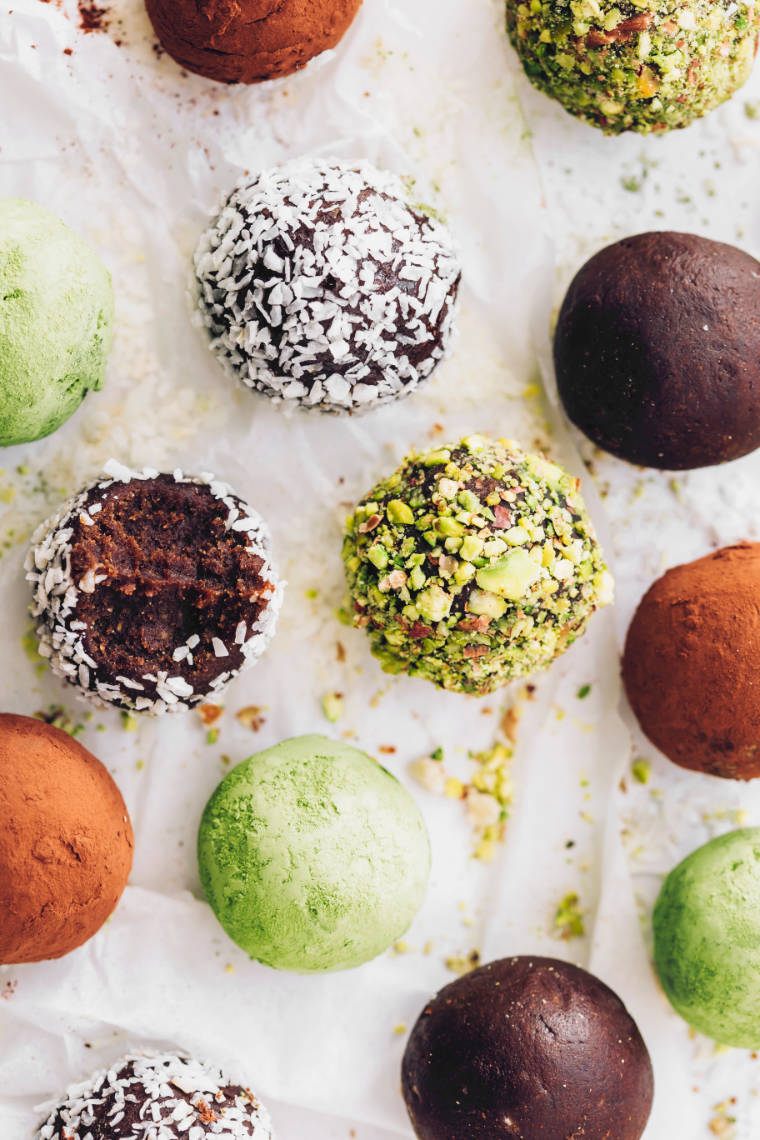
Stocking your kitchen
This part is so much fun! Now that we’ve shown you which foods belong on a plant-based plate, we need to make sure you have some of them at home. But please don’t think you have to go buy all the vegan food that’s available at the store now!
There are a couple of vegan staple foods you might already have at home – or can focus on them next time you go shopping. They are very versatile, nutritious and easy to find at most places!
The best staple foods
- Lentils
- Potatoes
- Oats
- Canned beans
- Cashews
- Rice
- Flaxseeds
- Bananas
- Frozen veggies
- Lemons
- Tofu
- Mustard
- Pasta
- Canned tomatoes
- Vegetable broth
- Plant-based milk
These staples can be used for numerous sweet, savory, cold and warm dishes. Add your favorite fresh or frozen produce and you’re likely to meet most of your nutritional needs for the day!
You can make things easier for your transition by deciding to get rid of as many refined and animal-based foods as possible. This depends on your living situation and whether or not your family is on board, but maybe stop buying what you personally don’t want to eat.
Please remember that our tips are generalized here. When stocking your own plant-based kitchen, you need to take your individual taste preferences into account – as well as the amount of time you have for cooking and preparing food (we’ll talk about meal prepping in a second).
But wait, didn’t we forget about something? The price point. So, let’s see what all of this would cost you.
Is a plant-based diet expensive?
This depends on the actual foods that you choose to eat. Having fancy avocado toast or cashew cheese every day will lead to a high grocery bill for sure!
Luckily, many diet staples are very budget-friendly – depending on where you live and what season you’re in.
Especially when you think about the nutrition you get for the money spent, whole plant-based foods will be hard to beat.
Green vegetables, whole grains and legumes are all rich in minerals, fiber and phytonutrients. When bought seasonally and in bulk, they are very affordable! These foods are the ideal foundation of really anyone’s diet.
Have you compared a bag of oats or rice with processed or animal-based foods? When most of your calories come from whole starches instead of meat, cheese and eggs, your grocery bill will shrink drastically. Here are our best tips!
Budget tips
- Go for seasonal produce
- Buy in larger quantities
- Cook some items from scratch
- Check out frozen fruit and veg
- Shop at farmer’s markets
- Freeze leftover produce to avoid food waste
- Plan your meals to use everything up
- Stick to your grocery list; no impulse buying
- Grow some of your own food
- Avoid eating out if you can
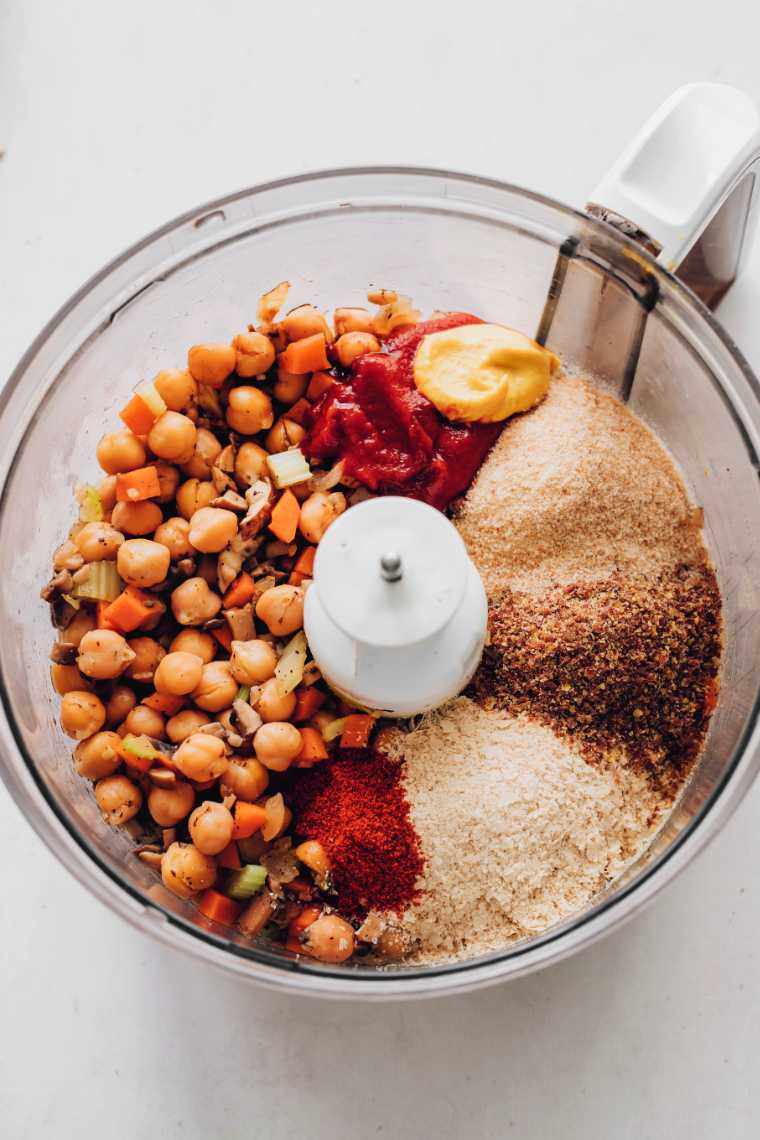
Plant-based kitchen tools
Having your kitchen stocked with some basic plant-based foods is the first important step to creating delicious and easy whole food plant-based meals.
But depending on the recipes you plan on following, it might make sense to invest in one or two kitchen tools to make your life a lot easier.
Our favorites to start
- Non-stick pan and pot
- Large dinner bowls
- Airtight food containers
- High-speed blender
- Immersion blender
- Mandoline
- Silicone baking ware
- Pressure cooker
You can find our full guide on great plant-based diet kitchen tools with recommendations, an in-depth Instant Pot review with a downloadable guide below.
Meal planning & prepping
This step is more for some people than others. We personally love to go with what we feel like eating each day and not plan too much ahead apart from regular batch cooking our favorite plant-based foods.
But we also have more time on our hands and both follow plant-based diets – plus, we’re already very versed in freestyling with tasty ingredients to put together a well-rounded meal.
Easy Vegan Recipes for Beginners →But you might be a person who loves structure and convenience in the kitchen, so here’s how you can manage that.
If you are already familiar with meal planning and prepping, then switching to a plant-based or even WFPB diet will just make things easier.
There is less chance of your food being contaminated or going bad if it’s made from plants instead of animal products – and cooking some lentils is usually quicker than preparing meat.
Benefits of meal planning & prepping
- Easier shopping and lower grocery bill
- Less food waste
- Makes healthy eating very convenient
- Less time spent in the kitchen
- Lunches to go instead of eating out
- Nutritionally sound meals
- Trying new meals regularly
- Less decision-making and overthinking
Many of our whole food plant-based recipes work well for meal planning and prepping, too! Just check out this 1-week vegan meal plan.
How to transition
Are you convinced by now that a WFPB diet could be for you? That’s awesome! We’d love to make the transition stage for you a bit easier.
There are a few different ways to go about this, and how you should do it depends on your personality and situation.
Living on your own and an all-or-nothing type? Jump right into it if you like! Throw all the non-compliant food out or give it away, start making whole food plant-based meals and never look back.
But for most people, a gradual approach works best. You may live with other people or feel like it would be way out of your comfort zone to give up all of your favorite foods at once. This is what you can do.
Easy transition tips
- Start each day with a plant-based breakfast
- Get in touch with the reasons for choosing this lifestyle
- Increase the amount of plant-based protein in your diet
- Eat enough food to avoid getting hangry and getting junk food cravings
- Make healthy plant-based snacks to stay on track
- Prepare some easy meals like soups and stews in bulk
- Find simple food swaps for processed or animal-based food
- Watch documentaries to get educated and inspired
- Listen to vegan podcast shows while cooking or relaxing
- Get in touch with like-minded people for support
- Try different plant-based milk alternatives to find your favorite
- Be easy on yourself and just keep improving
There is no need to overcomplicate things! Sure, it’s important to be informed and a bit mindful about what you’re eating but going down the rabbit hole of analyzing every single bite isn’t very productive.
Crowding out the unhealthy food by eating more of the healthy whole food plant-based things you already like is a great first step! It can be as simple as choosing whole grains over refined ones for now.
We have a whole section of our website dedicated to the WFPB diet transition process, feel free to go through everything!
Possible problems you’ll encounter
While it’s true that there are many benefits associated with a plant-based diet, there are some possible pitfalls to look out for. You can do any diet right or wrong!
Some of you might go through the transition phases in a breeze, with no discomforts or hiccups at all. That’s wonderful!
But to those of you whose health is already compromised or are used to eating mainly processed food and animal products, here’s what could happen.
- Digestive discomfort like bloating or diarrhea
- Blood sugar gets too low if on insulin medication
- Unwanted weight loss due to a lack of calories
- Constant hunger and low energy
- Increased cravings for heavily processed food
- Having a hard time eating out
- Spending a lot of time cooking and prepping food
- Planning to make sure you meet all of your nutrients
None of these possible side effects mean that you cannot successfully transition to a plant-based diet; you just need to deal with them once they come up. And rest assured, there is always a way to make it work!
From checking with your doctor before making drastic changes to slowly increasing the fiber in your diet and chewing well, there are many little things that can make a considerable difference.
It’s all a matter of wanting to change your way of eating, understanding the plant-based nutrition basics and then adjusting it to your situation.
Side-Effects of Going Vegan →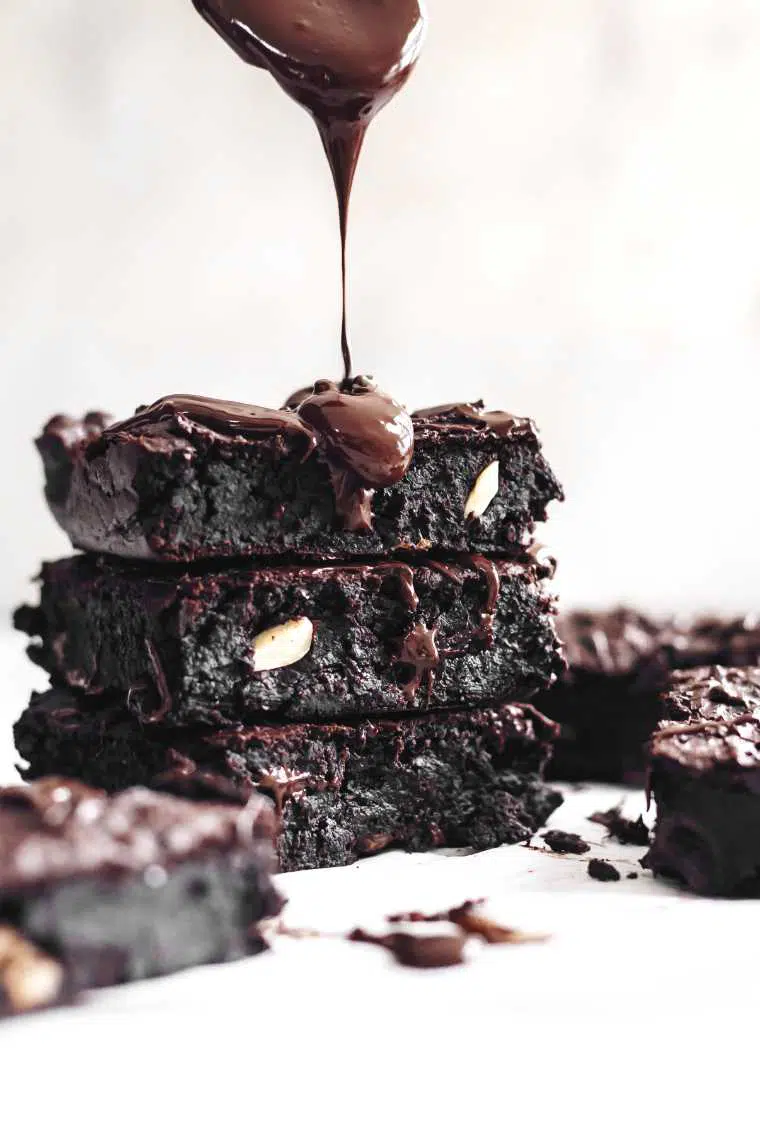
Dealing with cravings
We’ve all been there. Out of the blue, you just need to go and grab a chocolate bar. But what if you want to follow a healthy diet and are haunted by thoughts of burgers, fries, and cakes?
There are several ways to work your way through this.
- First of all, nobody is telling you to eat a 100% super healthy diet for the rest of your life, starting today, with no exceptions. As explained a couple of times above, it is fine to just increase the amount of whole plant-based foods, like vegetables or legumes, on your plate – and still have the fries on the side. Just eating less of the not-so-nutritious stuff will already take you in the right direction.
- Then, you could look for a few recipes showing you how to create healthy plant-based versions of your favorite food! There are many smart food swaps that can replace animal products and refined ingredients in most dishes, making them WFPB-approved.
- And if you find yourself craving heavily processed food out of boredom or habit, you can retrain your brain and learn new ways of relaxing after a stressful day that don’t have anything to do with food.
Our top tip for you right now is this: eat as much of the healthy, tasty food as you need to feel full and well-nourished – it’s one of the easiest ways to prevent the longing to reach for a bag of chips. More tips in our article below.
5 Steps to Prevent Binge Eating →By the way: there’s nothing wrong with treating yourself to some greasy vegan pizza once in a while, even if you’ve been eating this way for years.
That’s part of the lifestyle and long-term success strategy that makes it more than just a diet. We personally go for 90% whole food plant-based meals and 10% processed fun foods.
Alright, so the food part is covered in-depth now. You know the basics of plant-based nutrition, why you should emphasize or de-emphasize certain foods, and how you can sail smoothly through the transition period.
But what happens in the real world if you go out to eat? What if your new diet starts conversations with family and friends?
A huge and important piece of the puzzle is mastering social situations and being able to have healthy relationships within your social circle.
Depending on your situation, you can choose from the following articles to help you out:
- How to Be Vegan When Your Family Is Not
- Living with Non-Vegans
- The Best Vegan Options at Restaurants
- How to Be Vegan in College
- Becoming a Plant-Based Family
- Raising Vegan Kids
- Answers to Common Anti-Vegan Arguments
Connecting with like-minded people is very helpful, maybe even crucial, for an easier transition and long-term success on this lifestyle.
We often hear from our readers that they don’t have any support at home from their family – which is why we highly recommend reaching out online and joining a virtual vegan group somewhere.
A good place to start would be Facebook (check out our private support group here), where you can just look for vegan groups, plant-based groups, or even some groups that are local to your area!
If you like browsing through social media, fill your feed with informational and inspirational accounts that can constantly remind you of the benefits of a plant-based diet and give you new tips.
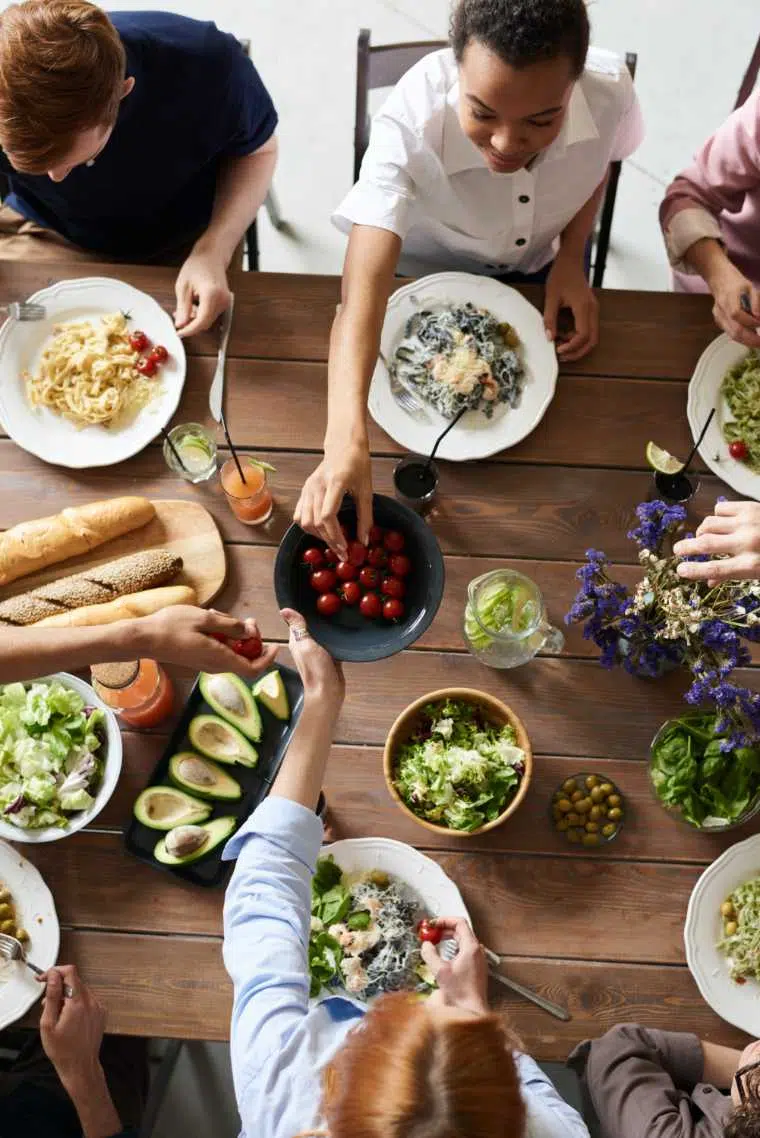
The best plant-based resources
Hopefully, you feel like you’ve gained a good overview of this diet, the problem with animal foods versus plant-based foods and the basics of plant-based nutrition by now. We wanted to keep the information rather bite-sized so as to not overwhelm you.
At the same time, continuing education is really helpful and motivates you to deepen your commitment, find your own perfect way of eating plant-based and find more and more good reasons to keep with your WFPB diet.
You’ll also find it a lot easier to get through future arguments with non-vegans and will be able to counter their hesitation and suspicion with some solid facts.
The great health benefits usually don’t take a lot of time until you notice them, and when you do, they’ll further motivate you on your path – and, as in our case, it may bring with it the hunger to learn more about what’s possible: to know how to support the health of our family members, get creative with nutritious food and how to eat out anywhere in the world.
Here are our favorite resources on all things plant-based eating, health, and lifestyle!
Best books
- How Not to Die by Dr. Michael Greger
- Becoming Vegan by Brenda Davis, RD
- Proteinaholic by Dr. Garth Davis
- 5-Ingredient Whole-Food, Plant-Based Cookbook
- Animal Liberation by Peter Singer
- Whole by Dr. T. Colin Campbell
Best documentaries
- What The Health
- Cowspiracy
- Speciesism
- Land Of Hope And Glory
- Forks Over Knives
- The Game Changers
Popular experts
- Michael Greger, MD
- Neal Barnard, MD
- Caldwell Esselstyn, MD
- Brenda Davis, RD
- Julieanna Hever, RD
- Ginny Messina, RD
- Garth Davis, MD
If you’re looking for plant-based nutrition or diet professionals in your area or want to work with someone online, the website Plant-Based Docs is a wonderful resource.
Research & lifestyle
- Nutrition Facts
- Nutrition Studies
- The Physicians Committee for Responsible Medicine
- Forks Over Knives
- Finding Vegan (recipe database)
- Happy Cow (vegan-friendly restaurants worldwide)
- Vegan Snack Boxes
- Vegan Gifts Guide
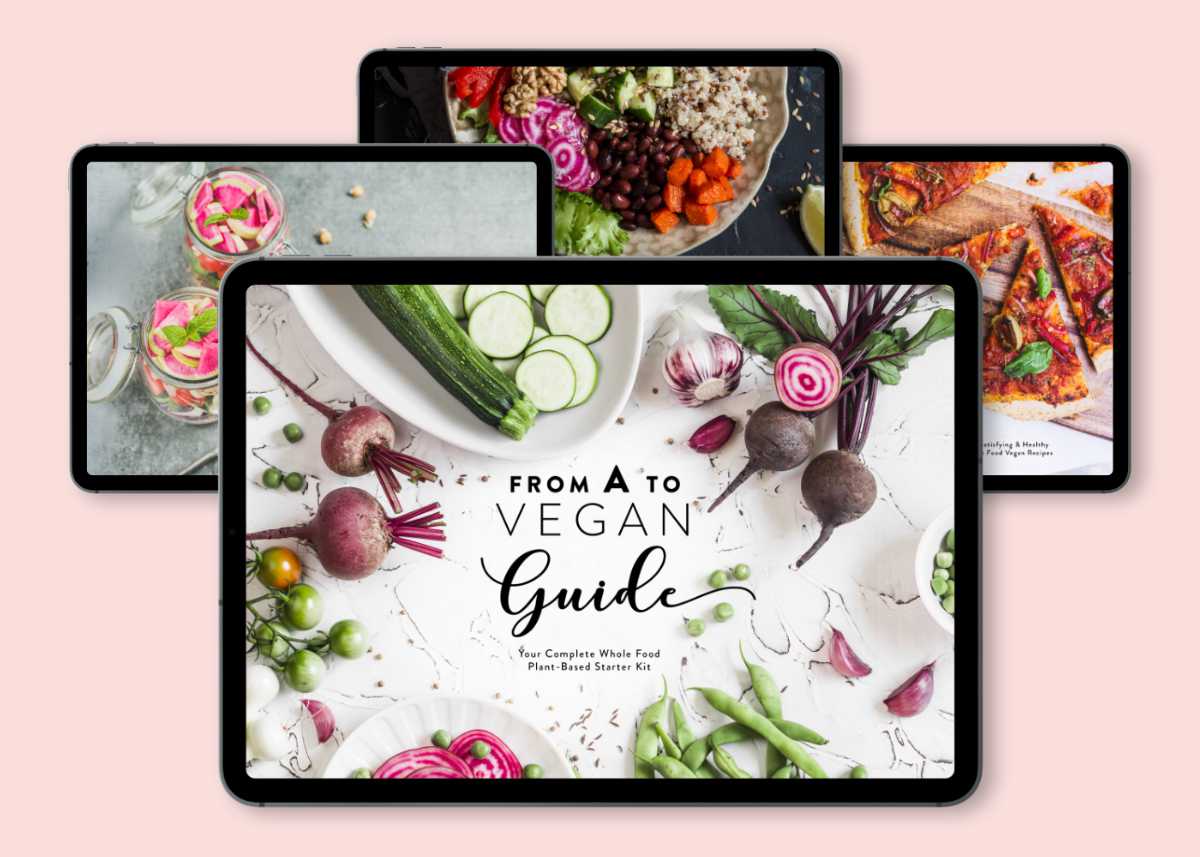
Complete Vegan Starter Kit
Our 7-part eBook bundle “From A To Vegan” will answer all of your questions and help you achieve long-term success. Here’s what’s inside:
- Main guide: nutrition 101, stocking your kitchen, troubleshooting, vegan staple foods, transition tips, and much more
- Recipe book with 40+ whole food plant-based recipes
- 14-day meal plan with 56 recipes & shopping lists
- Meal formulas for creating your own quick vegan bowls
- Restaurant Guide to find plant-based meals anywhere
- Worksheets, printables & FAQ eBook
More vegan guides
- Going Dairy-Free For Beginners
- How to Make Spiralized Veggies
- How to Make Bliss Balls
- Vegan Low-Fiber Diet
- Best Plant-Based Snacks at the Store
How did you come across a plant-based diet and have you already started your transition? Share your experiences and questions with us in the comments below. You can also Pin this guide here
.
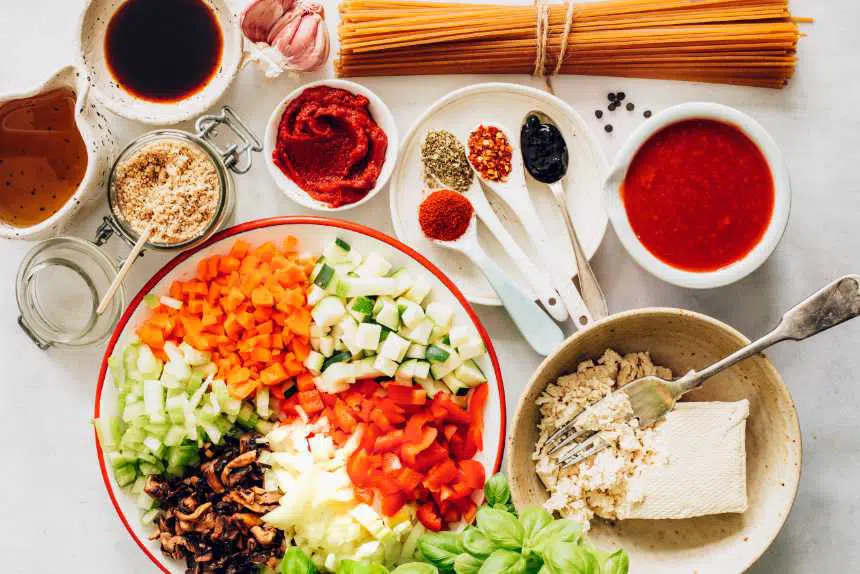
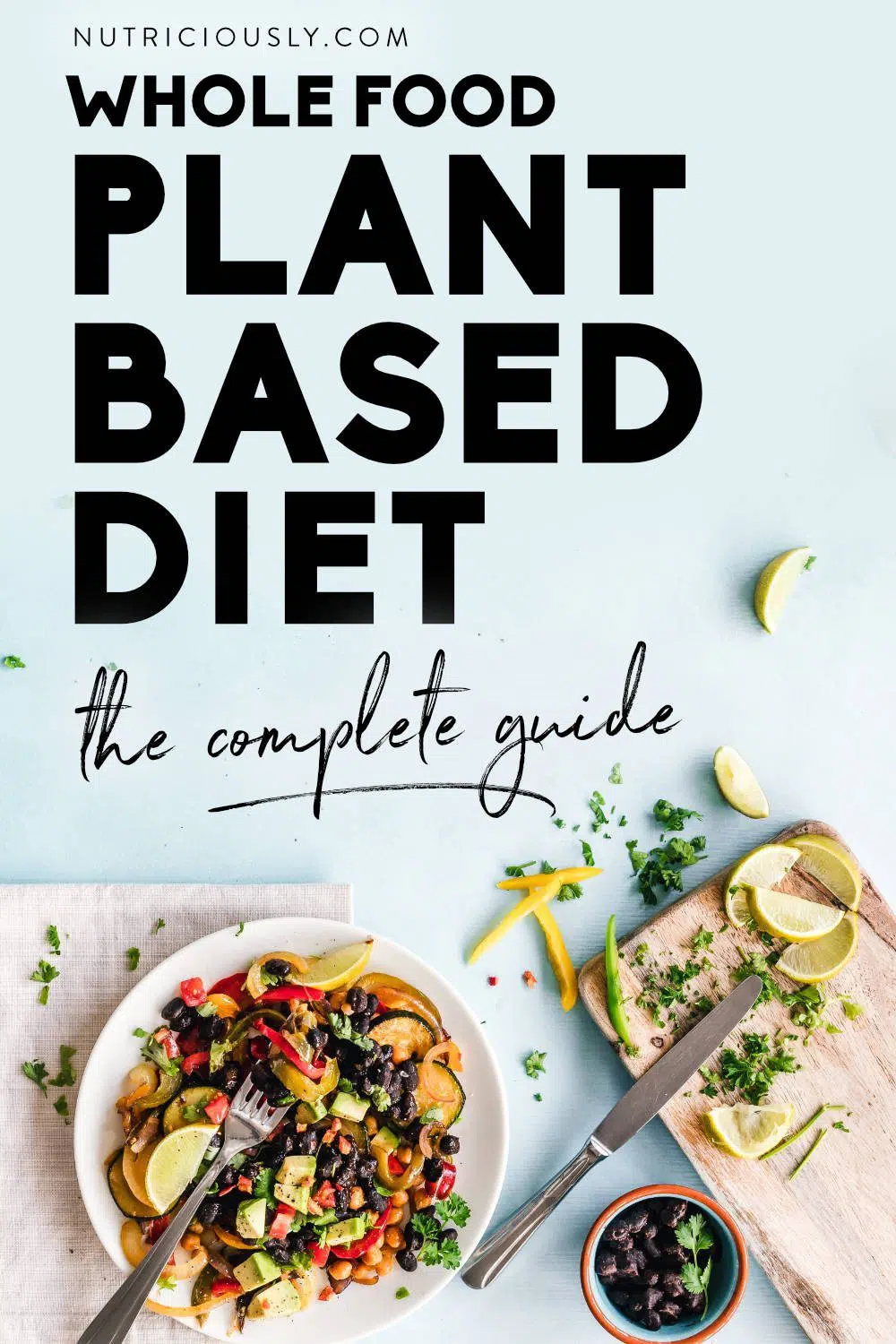
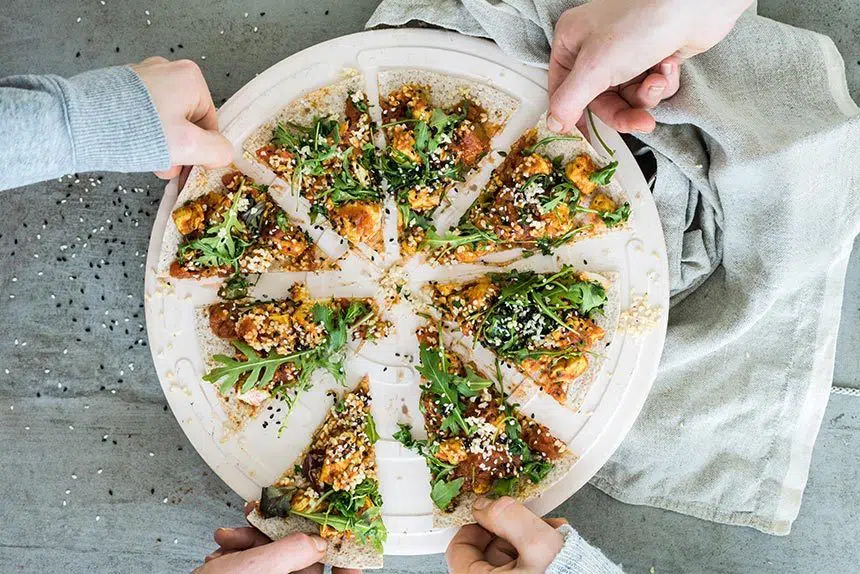
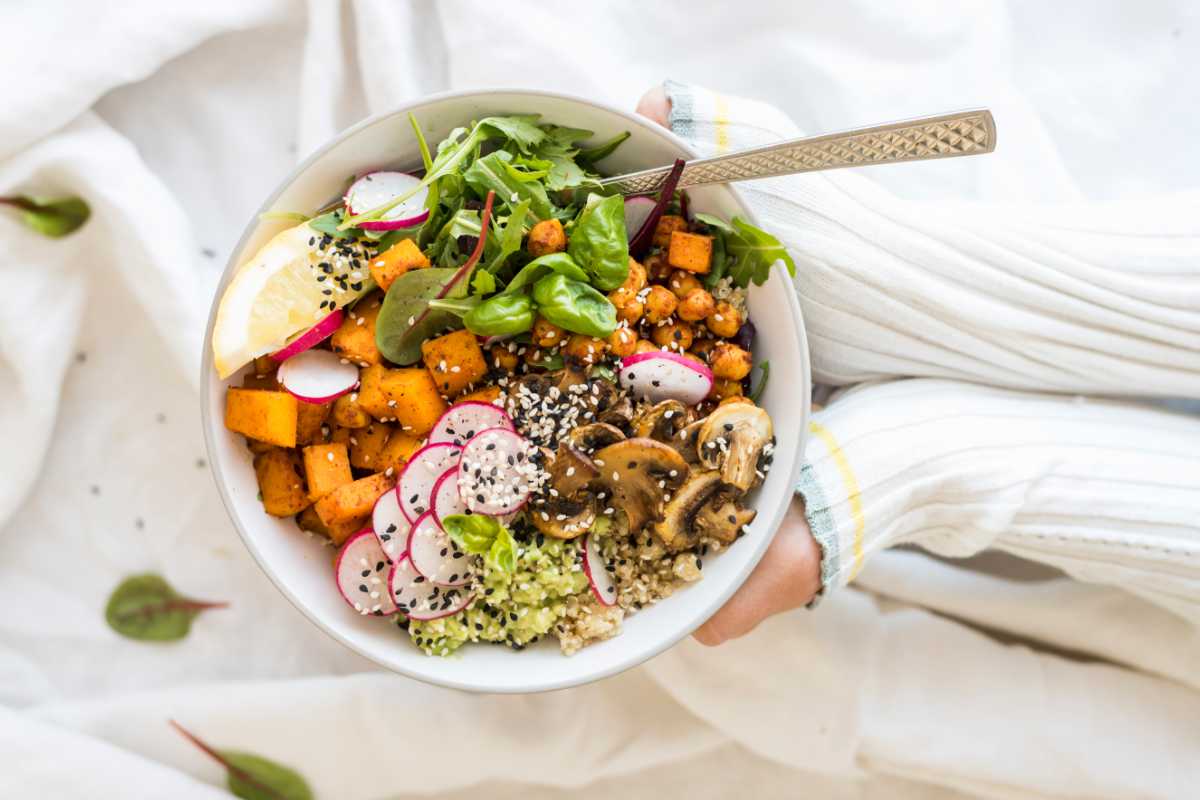
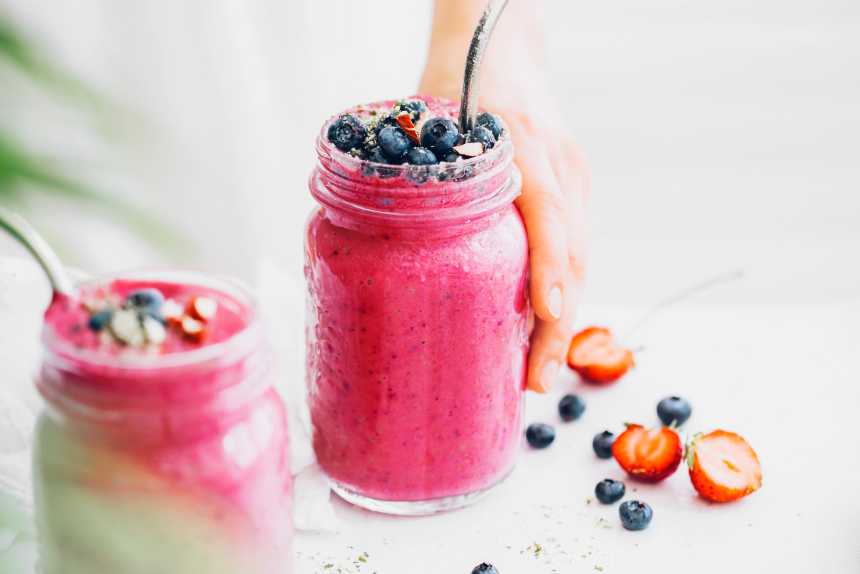
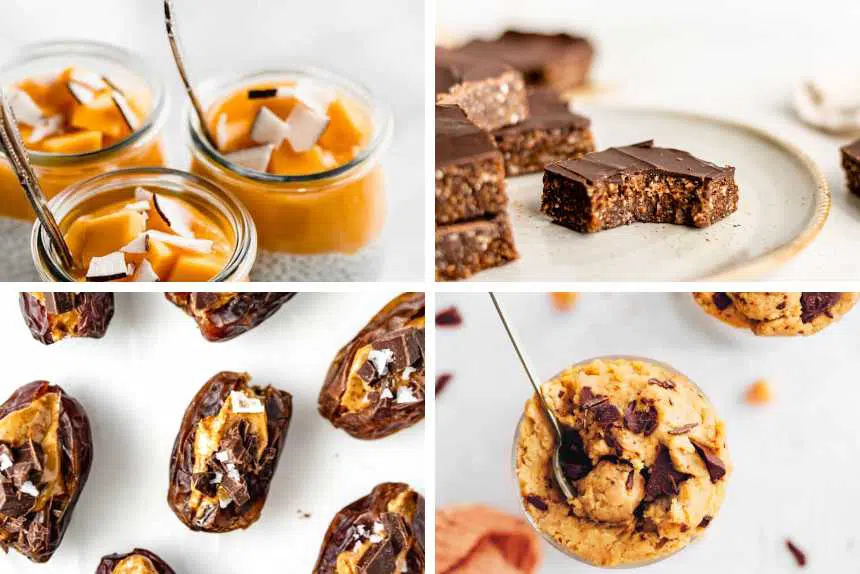
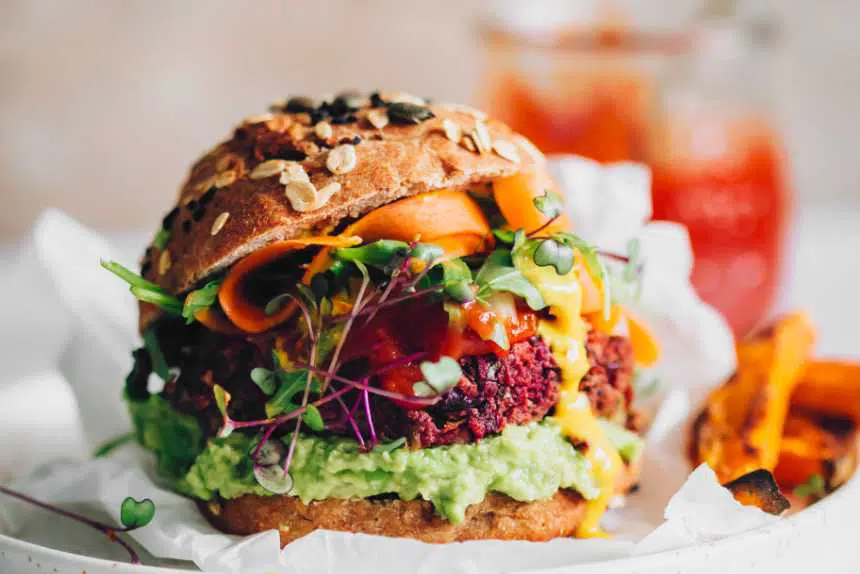
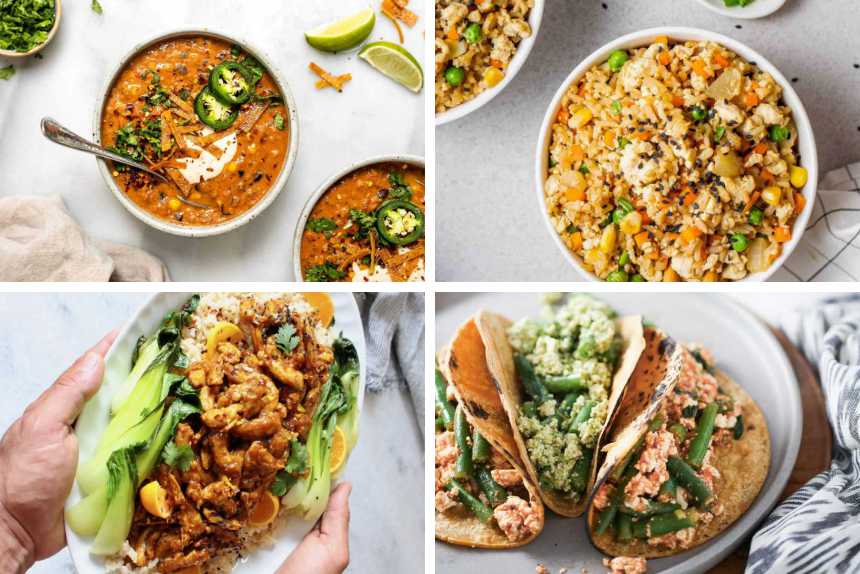
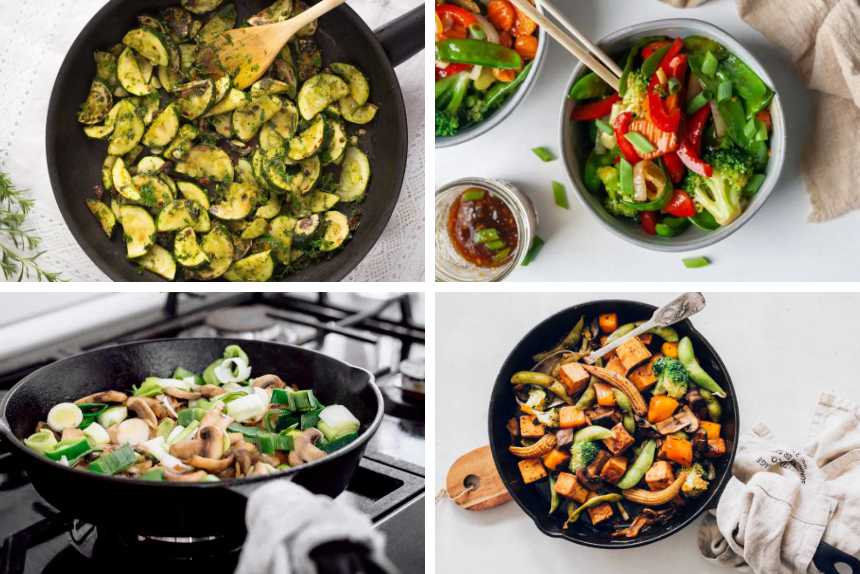
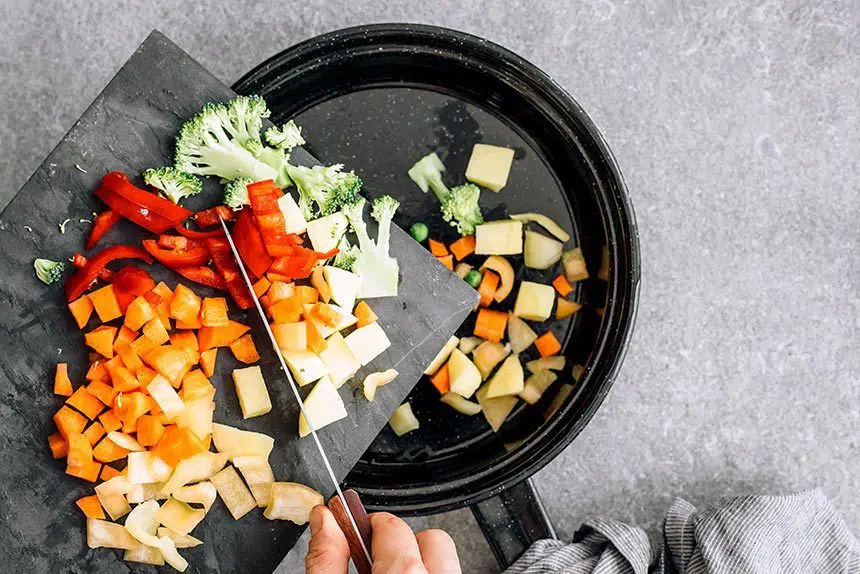
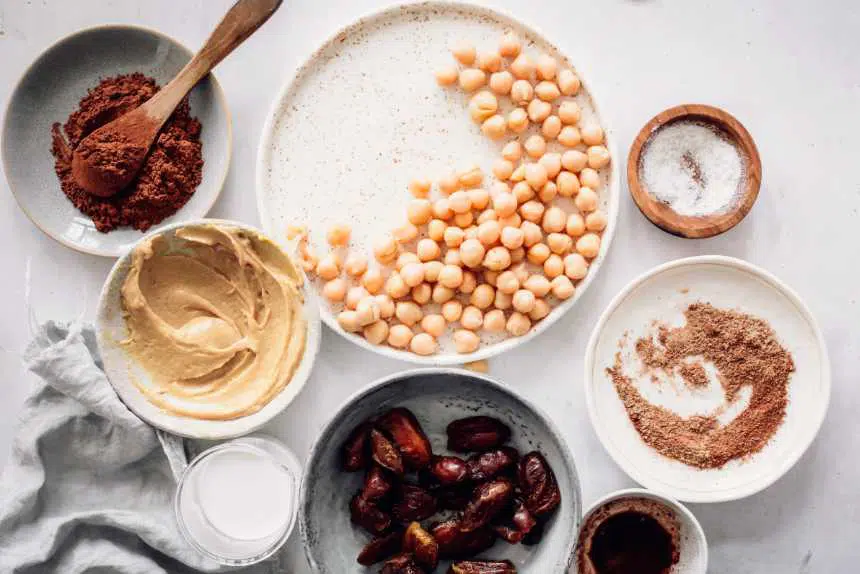
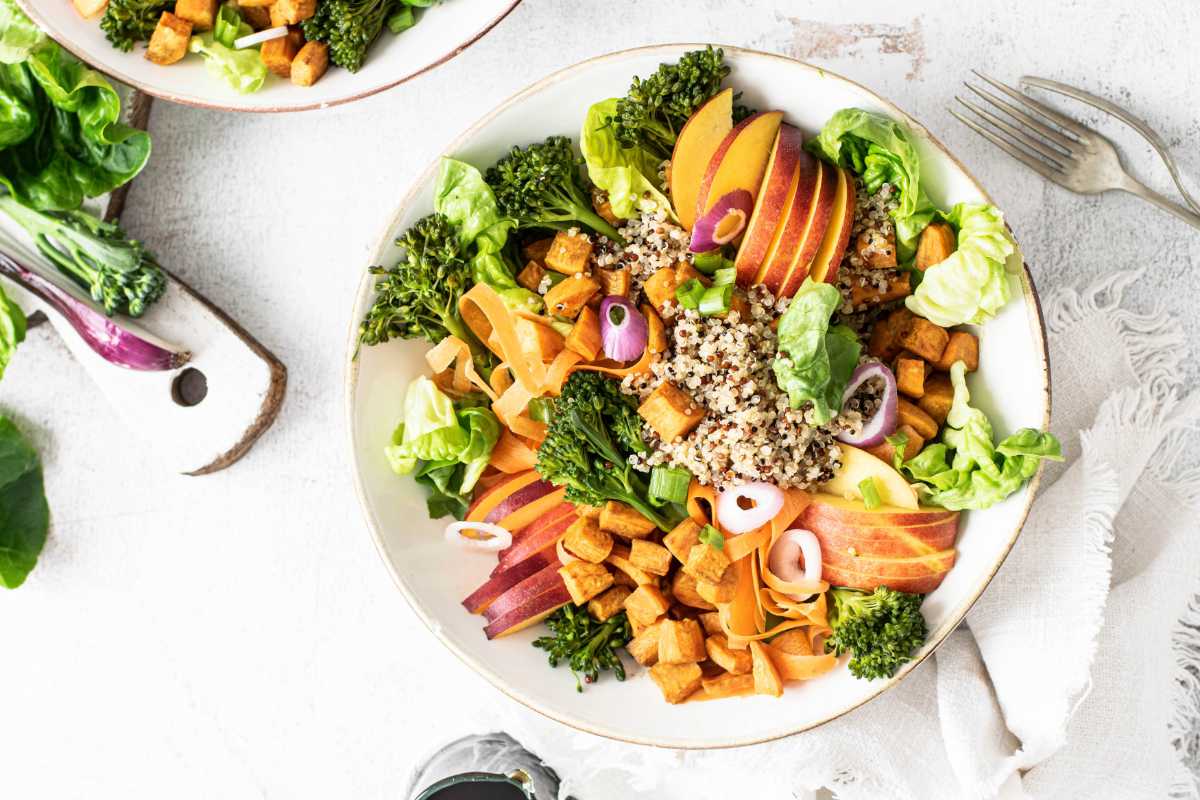
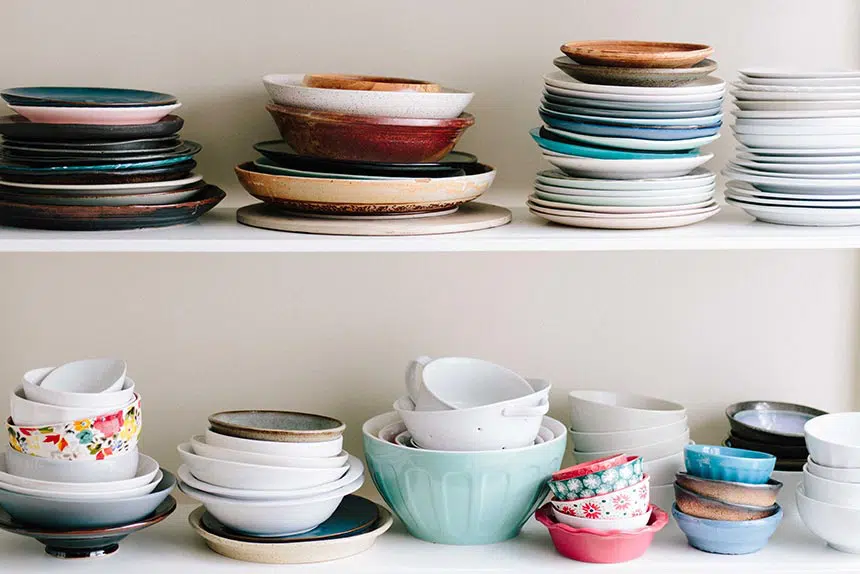
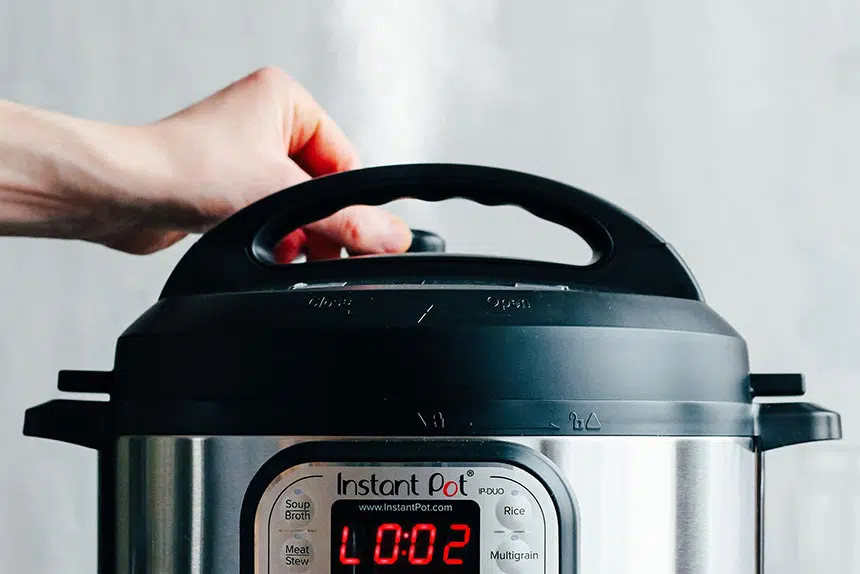
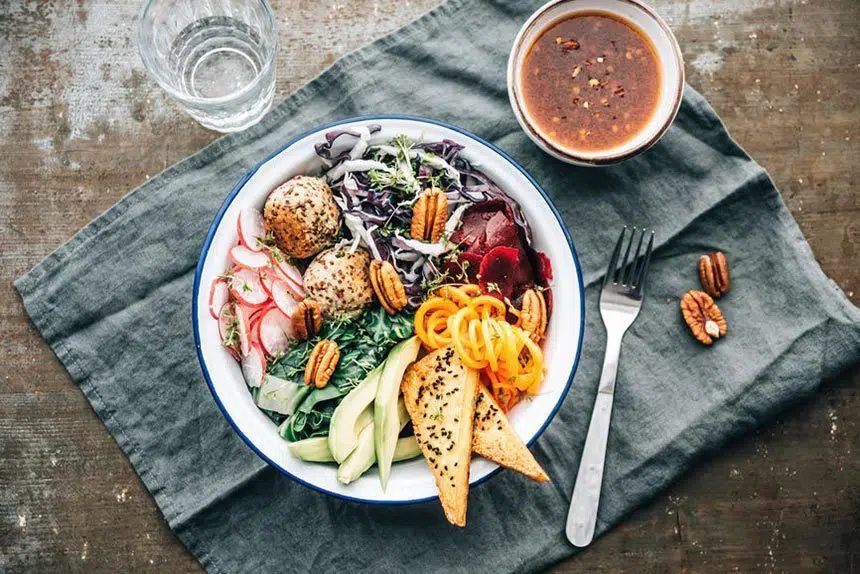
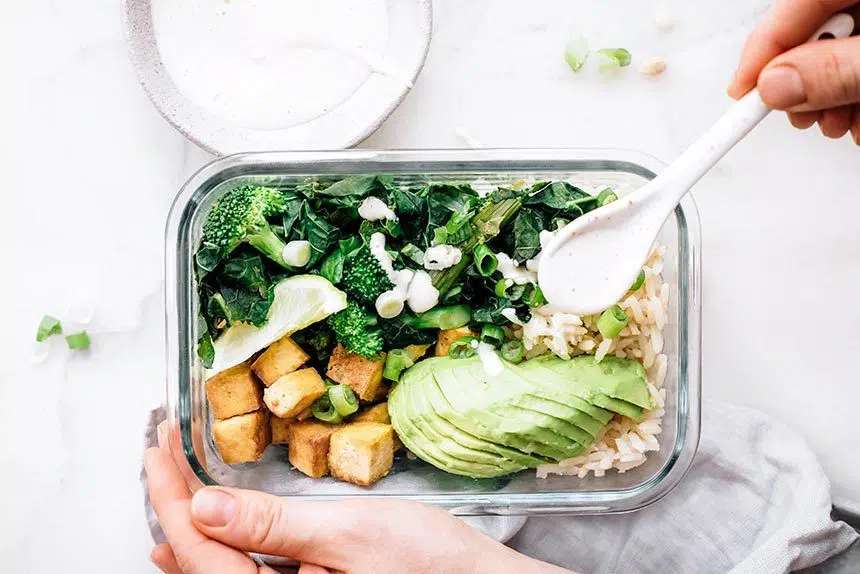
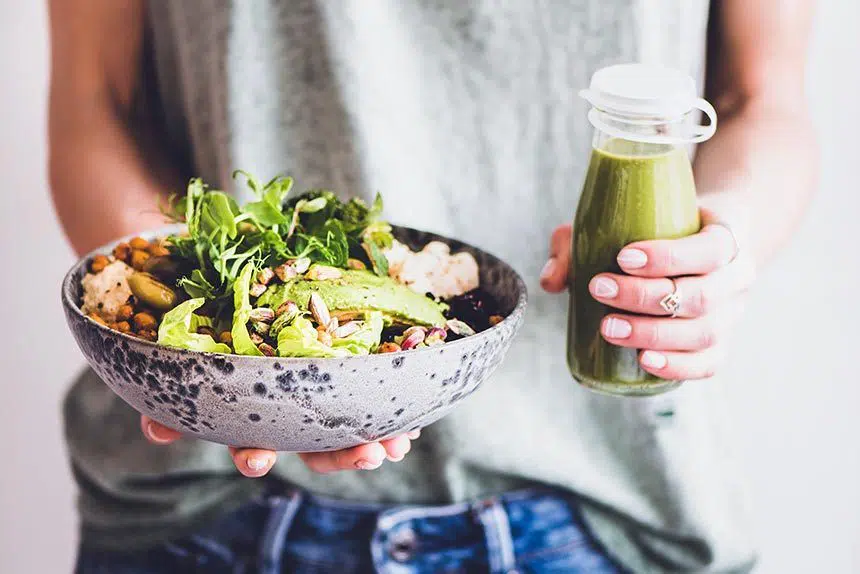
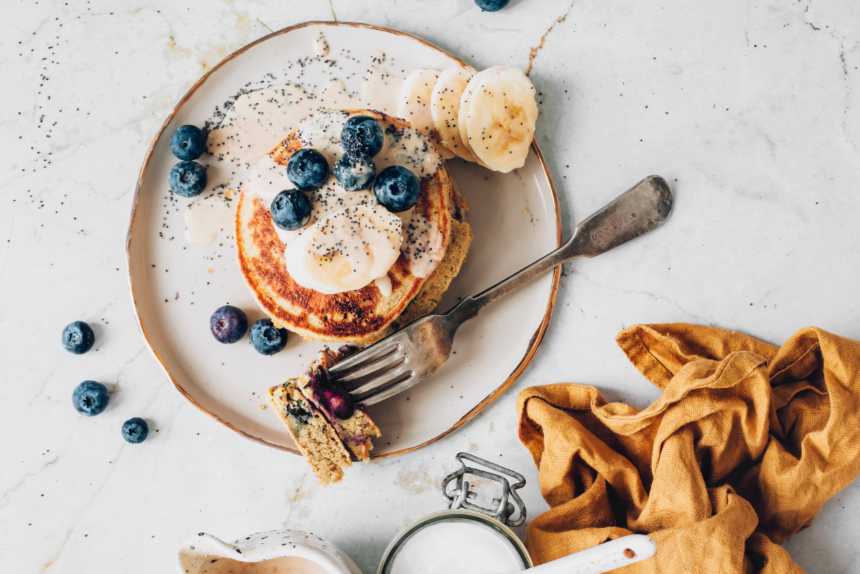
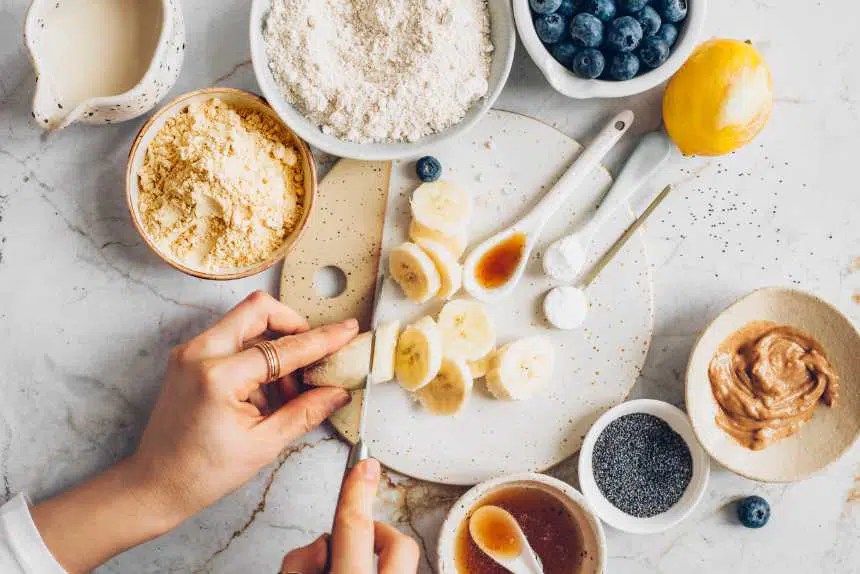


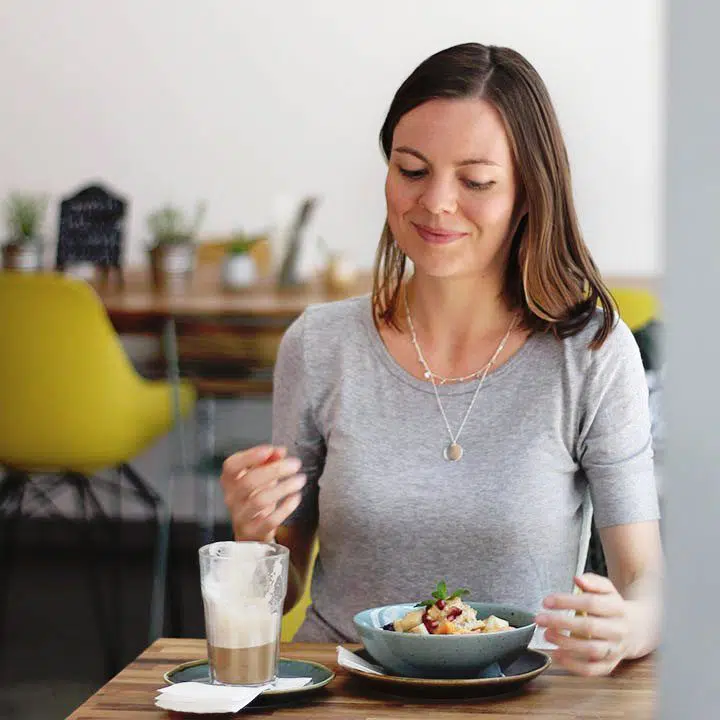
 Alena Schowalter is a Certified Vegan Nutritionist who has been a vegetarian since childhood and vegan since 2012. Together with her husband, she founded nutriciously in 2015 and has been guiding thousands of people through different transition stages towards a healthy plant-based diet. She’s received training in the fields of nutrition, music therapy and social work. Alena enjoys discussions around vegan ethics, walks through nature and creating new recipes.
Alena Schowalter is a Certified Vegan Nutritionist who has been a vegetarian since childhood and vegan since 2012. Together with her husband, she founded nutriciously in 2015 and has been guiding thousands of people through different transition stages towards a healthy plant-based diet. She’s received training in the fields of nutrition, music therapy and social work. Alena enjoys discussions around vegan ethics, walks through nature and creating new recipes.
I appreciate you helping me learn more about plant foods. It is interesting that you said plants are the original source of amino acids. In general, I think most of the world out there thinks that animals are the original source.
good point, thanks Elisabeth! Just picturing a rhino or great ape, all they eat are plants and they build a pretty impressive amount of muscle :)
Thank you for this article! I really enjoyed reading it! I have been vegan for 5 years and I can say that a plant-based diet is the best if you want to stay healthy. It’s great that you help people to go vegan.
thanks for the kind feedback, Joshua – happy to know you love being vegan :)
This is such good information. My husband and I went plant based two years ago. Within 5 months my cholesterol went from 247 to 177. The side benefit was major weight loss, 55lbs for him and 30lbs for me which we have kept off. We have eliminated meat, dairy, oil and most sugars. We have learned to saute with vegetable stock, make oil free delicious salad dressings, use dates to sweeten etc. The very first recipe I made out of FOK was so bad I threw it out. Persistance has paid off. There are so many resources out there now for plant based eating. Keep up the great work Alena.
this sounds wonderful, way to go! Thanks so much for sharing your inspiring story with us, Carey :) Happy to keep working on further helpful resources in the future xx
such a useful and informative post! Thank you x
Aww thanks so much, Tania! What a lovely compliment :) Just checked your website and WOW your work is fantastic! Thanks so much for checking in x